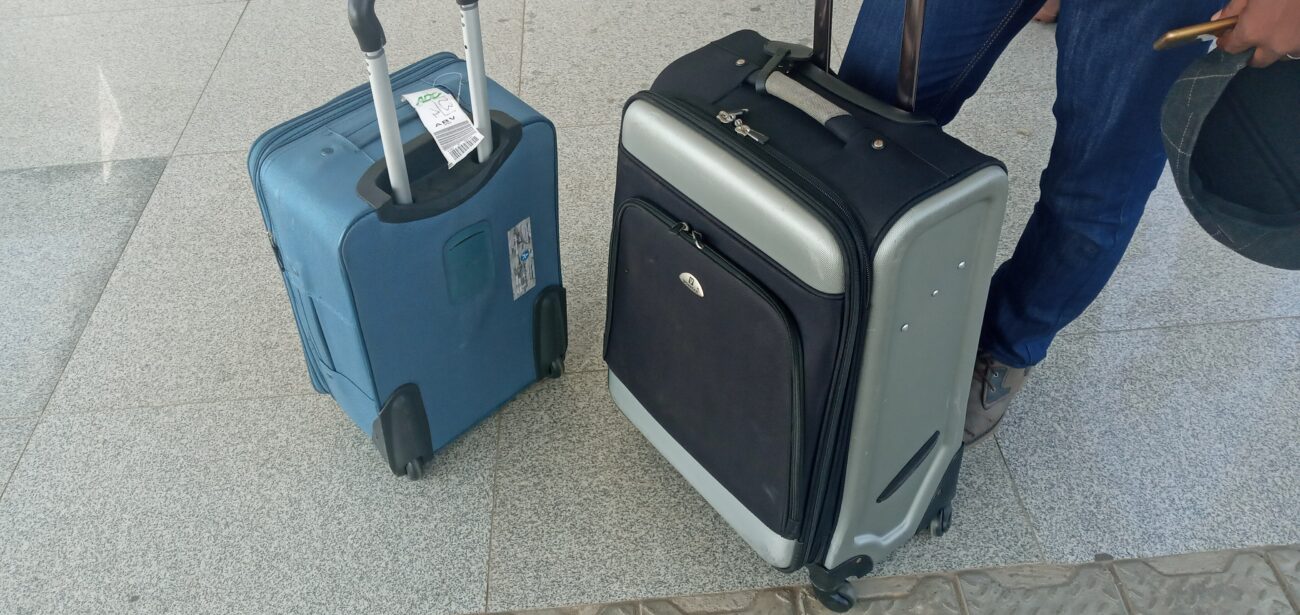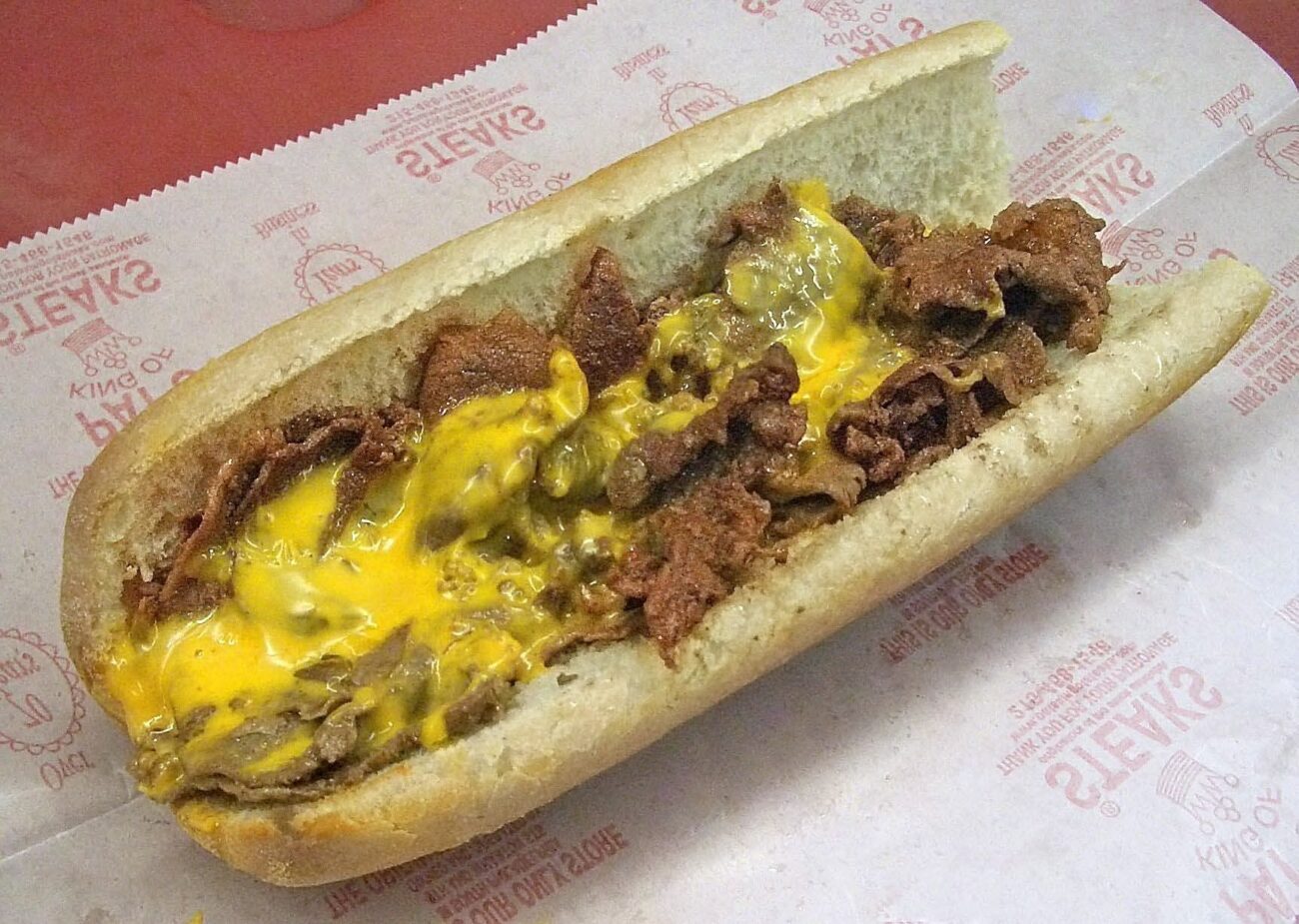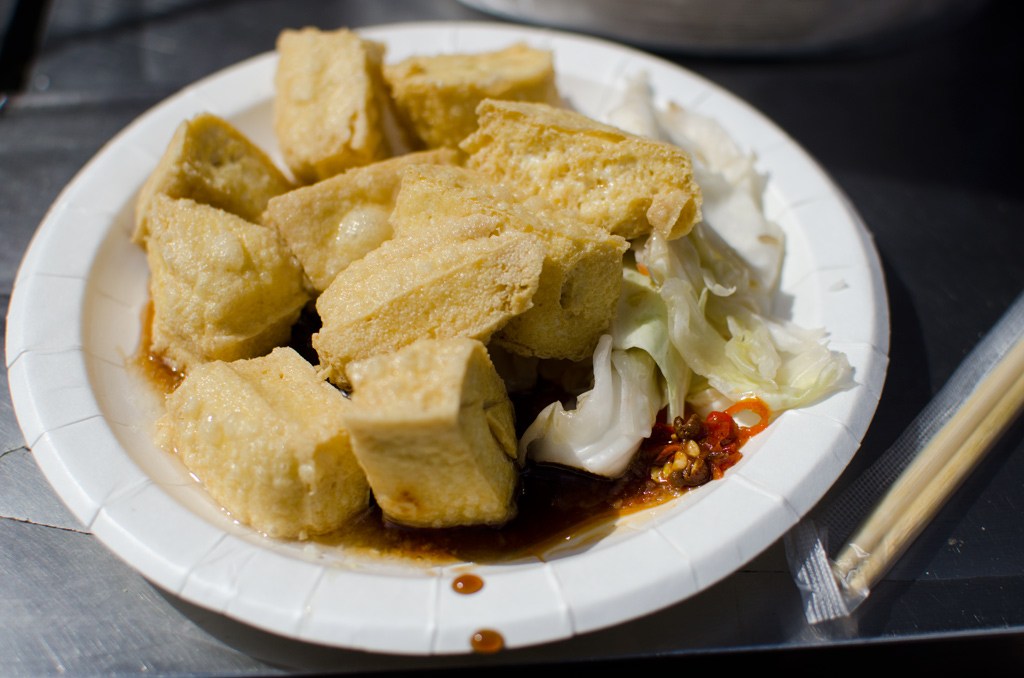Your carry-on meets every airline’s dimension requirements. The measurements check out perfectly. Yet TSA agents keep pulling your bag aside for manual inspection, turning your smooth airport experience into a frustrating delay. The culprit isn’t size—it’s density.
Overstuffed luggage creates what security experts call the “puzzle piece problem.” When items overlap too densely inside your bag, TSA’s X-ray machines struggle to distinguish individual objects. Think of it like trying to identify shapes in a jigsaw puzzle where pieces are stacked three layers deep.
Even advanced CT scanners can’t penetrate the visual chaos created by tightly packed belongings. This technological limitation forces agents into time-consuming manual searches that could easily be avoided.
Why Your Packed-to-the-Brim Strategy Backfires
Airlines don’t standardize carry-on dimensions, creating a false sense of security for travelers who assume meeting one carrier’s limits guarantees smooth screening. Your meticulously packed bag might satisfy Delta’s requirements while triggering United’s overpacking protocols.
Gate agents routinely reject bags that technically meet published dimensions but appear overstuffed—a judgment call that varies by airport and staff. TSA agents face split-second decisions when reviewing X-ray images.
Overlapping electronics, tangled cables, and compressed clothing create suspicious shadows that demand manual inspection. The screening process isn’t designed to accommodate Tetris-level packing efficiency, no matter how impressive your spatial skills.
Smart Packing Prevents Security Theater
Security checkpoint delays stem from poor item placement rather than prohibited contents. Separating electronics into easily accessible pockets eliminates guesswork for TSA agents. Leaving breathing room between items—even just an inch—dramatically improves X-ray clarity.
Dense packing forces screeners to make conservative decisions, erring on the side of caution when unclear images appear on their monitors. This additional screening translates into missed flights and frayed nerves for travelers rushing to make connections.
Skip the overpacking Olympics. Your future self, standing shoeless in the security line, will thank you for choosing strategic placement over maximum capacity. Sometimes less really is more—especially when you’re trying to catch a flight.


















